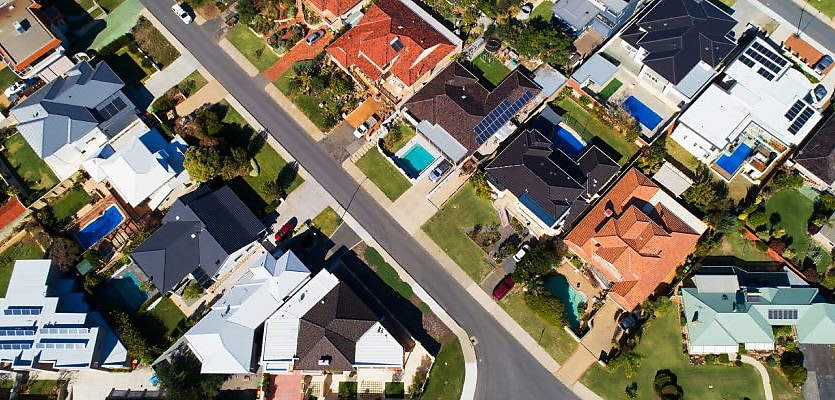The proportion of income required to meet loan repayments has increased, sending housing affordability down a slippery slide as an increasing number of first home buyers withdraw from the market.
Overall housing affordability across Australia has declined, with the proportion of income required to meet loan repayments increasing to 34.7 per cent, a rise of 0.1 of a percentage point over the quarter, the Real Estate Institute of Australia’s latest Housing Affordability Report revealed.
State by state, housing affordability inched up slightly in New South Wales and South Australia, remained steady in Western Australia and the Australia Capital Territory, but declined in Victoria, Queensland, Tasmania and the Norther Territory.
Moreover, rental affordability also followed the downward trend, with the proportion of income required to meet median rents increasing to 24.4 per cent, up by 0.4 of a percentage point over the March quarter and 0.7 of a percentage point over the last 12 months.
As a result, REIA pointed to a decrease in first home buyers entering the market, down by 4.4 per cent during the quarter to 44,007.
However, year-on-year data paints a slightly different picture. In fact, what has become apparent is that while affordability has declined on the quarter, it still remains higher than a year earlier.
REIA data revealed an increase in first home owners by as much as 62.6 per cent over the past 12 months, with the proportion of income required to meet loan repayments down by 0.5 of a percentage point.
REIA president Adrian Kelly said “over the past 12 months, the number of first home buyers increased in all states and territories, ranging from 37.3 per cent in Tasmania to 105.0 per cent in Western Australia”.
Similarly, the total number of owner-occupier dwelling loans decreased to 109,252, a drop of 0.6 of a percentage point over the March quarter, but an increase of 48.4 per cent over the past 12 months.
What REIA’s report doesn’t reveal is that while first home buyers appear to be leaving the market, investors are making a return.
In March, the value of investor home lending increased at the fastest rate since July 2003.
As such, following its rate decision on Tuesday, the Reserve Bank of Australia warned investors that it is now watching them very closely.
Namely, the bank said that as investor borrowing increases, “the bank will be monitoring trends in housing borrowing carefully, and it is important that lending standards are maintained”.
This plays in with the expectation that as early as next year, the bank could move to enact macro-prudential measures to slow price growth and act on the creation of inequality.
It’s despite Mr Kelly arguing that the maintenance of the official cash rate at 0.1 of a percentage point “has had minimal impact on housing affordability”.
Interestingly, given the low interest rates, home owners appear to be more comfortable with signing heftier loan contracts, with the average loan size growing to $506,340 over the March quarter, up by 1.0 per cent quarter-on-quarter and 2.6 per cent over the past 12 months.







You are not authorised to post comments.
Comments will undergo moderation before they get published.